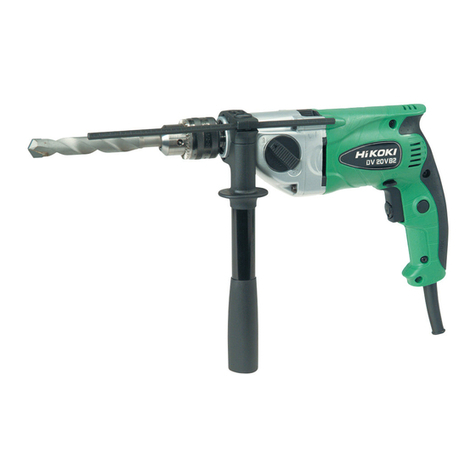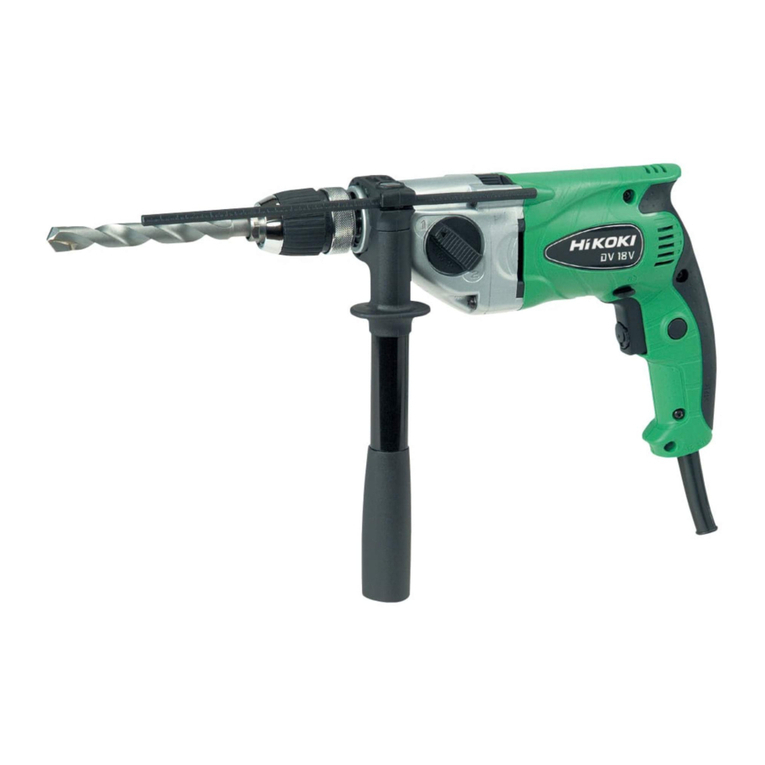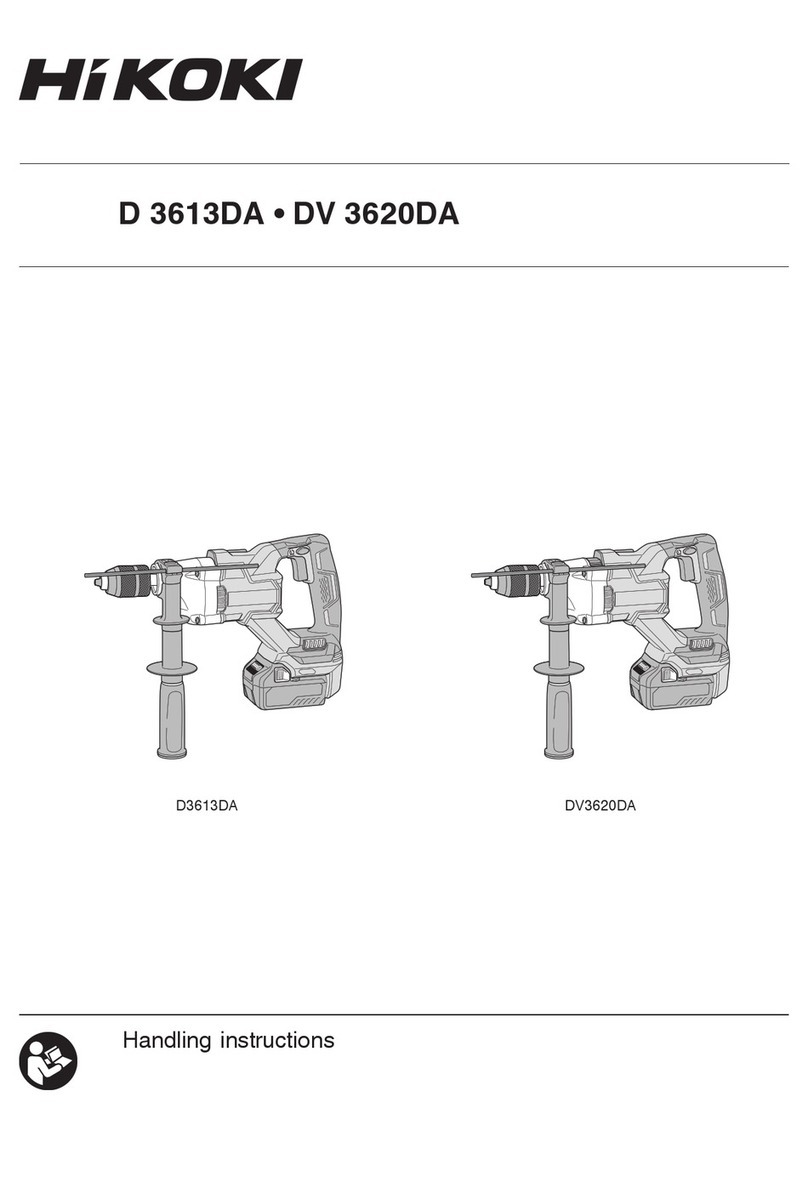HIKOKI D 10VJ User manual
Other HIKOKI Drill manuals
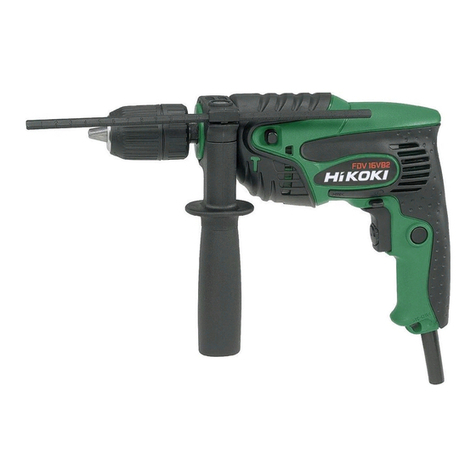
HIKOKI
HIKOKI FDV 16VB2 User manual
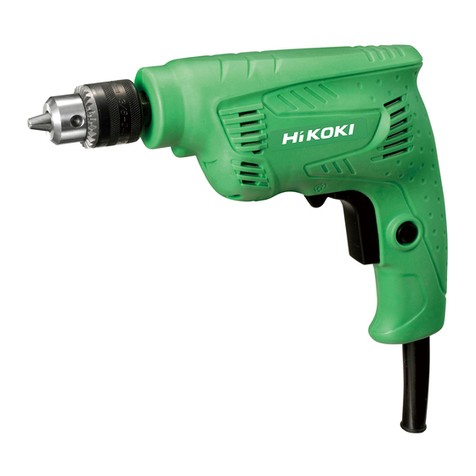
HIKOKI
HIKOKI D 10VST User manual
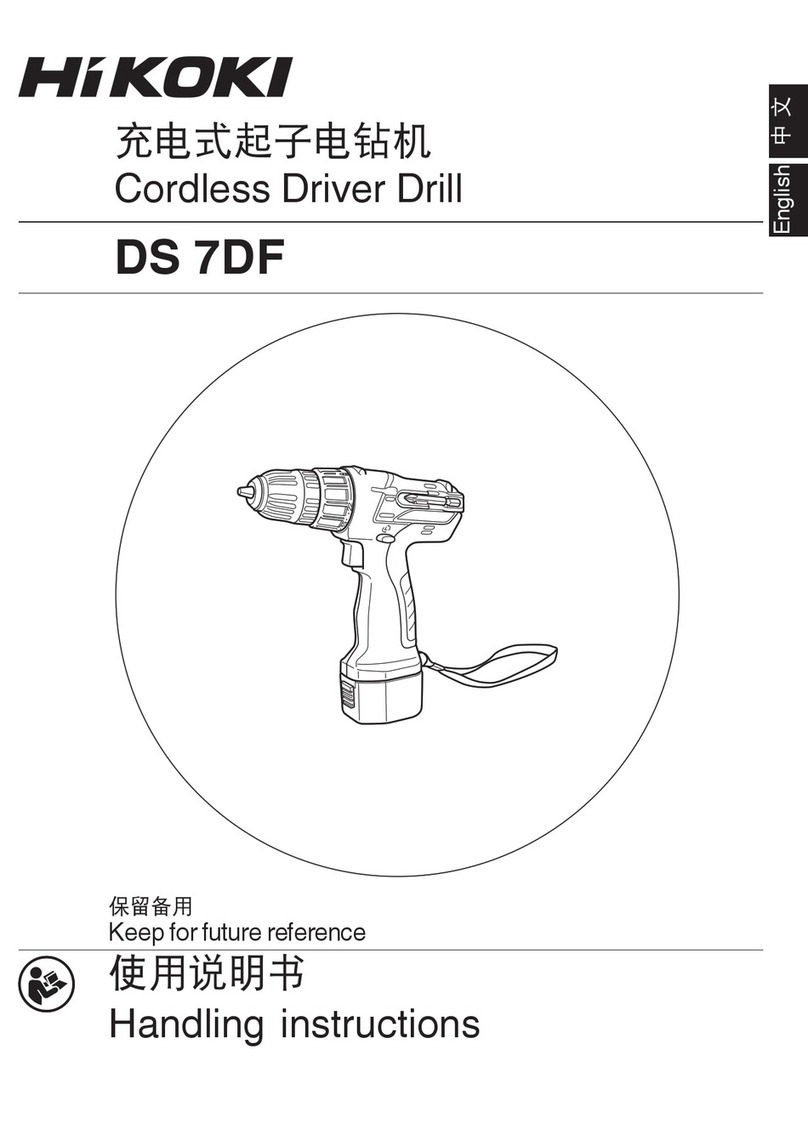
HIKOKI
HIKOKI DS 7DF User manual
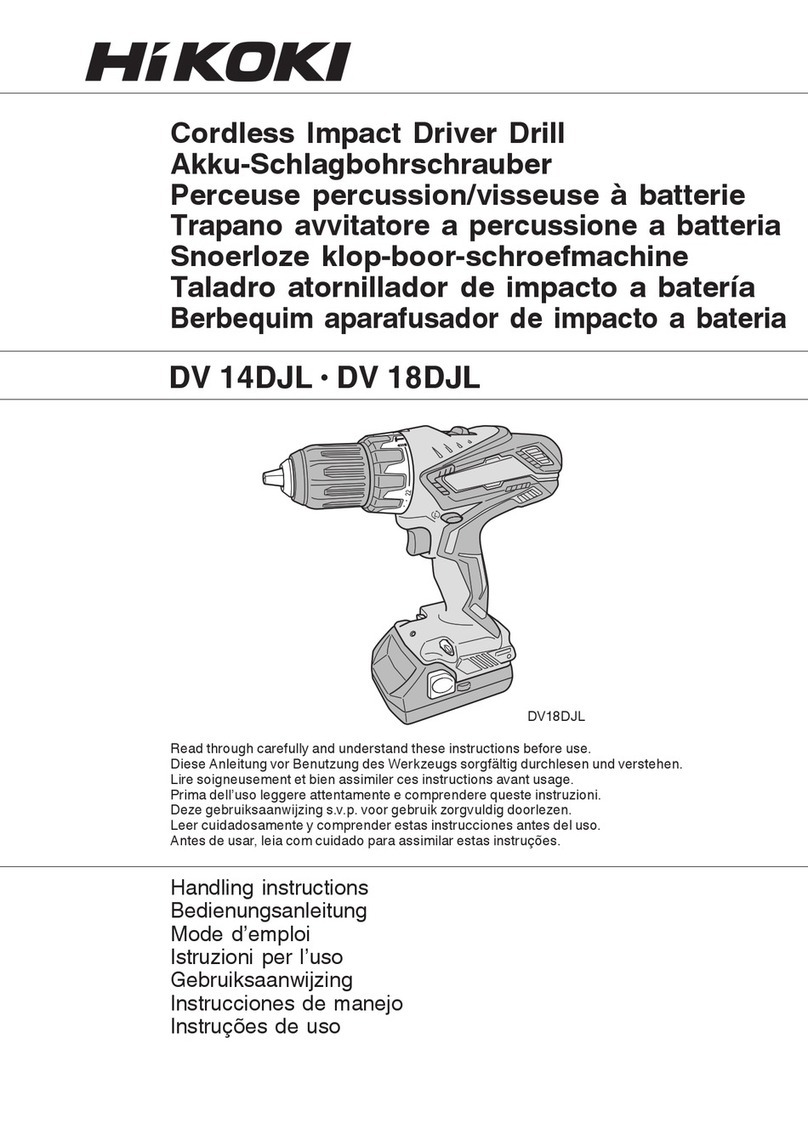
HIKOKI
HIKOKI DV 18DJL User manual

HIKOKI
HIKOKI D 6VA User manual

HIKOKI
HIKOKI DS 14DBL2 User manual

HIKOKI
HIKOKI DS 7DF User manual

HIKOKI
HIKOKI FDV 16VB2 User manual
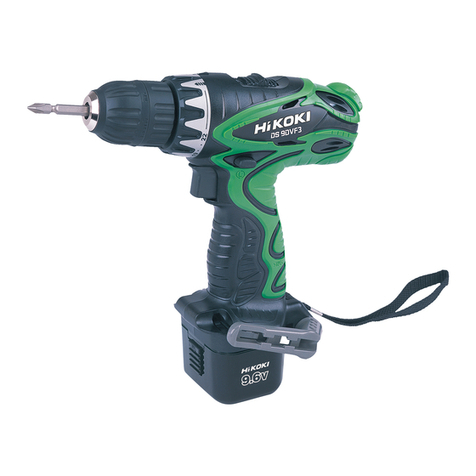
HIKOKI
HIKOKI DS 9DVF3 User manual
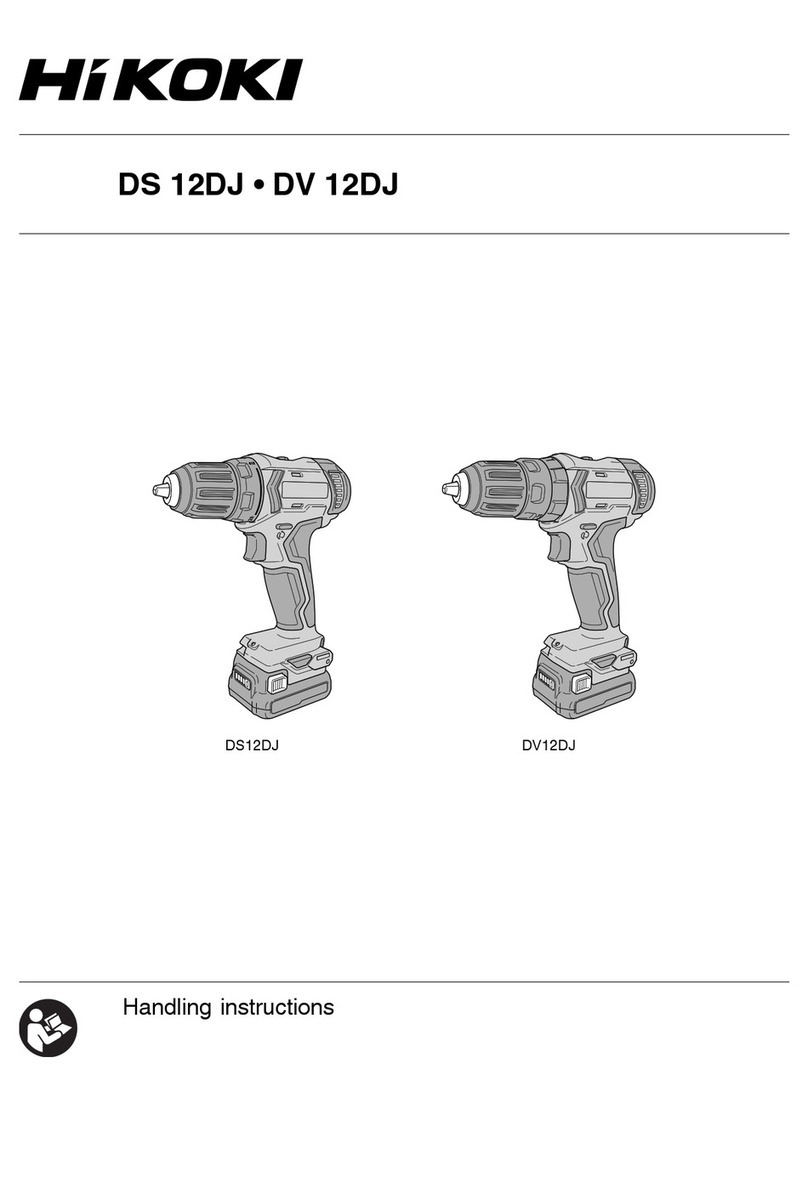
HIKOKI
HIKOKI DS 12DJ User manual
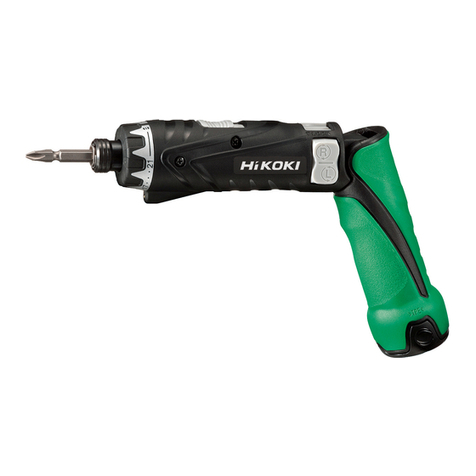
HIKOKI
HIKOKI DB 3DL2 User manual
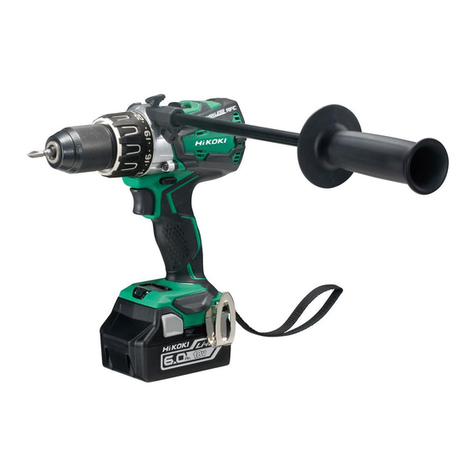
HIKOKI
HIKOKI DS 18DBL2 User manual
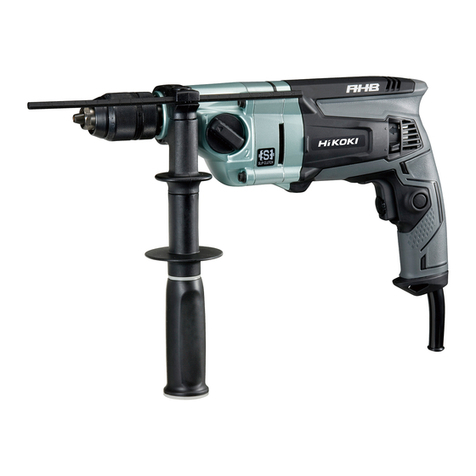
HIKOKI
HIKOKI D 13VL User manual
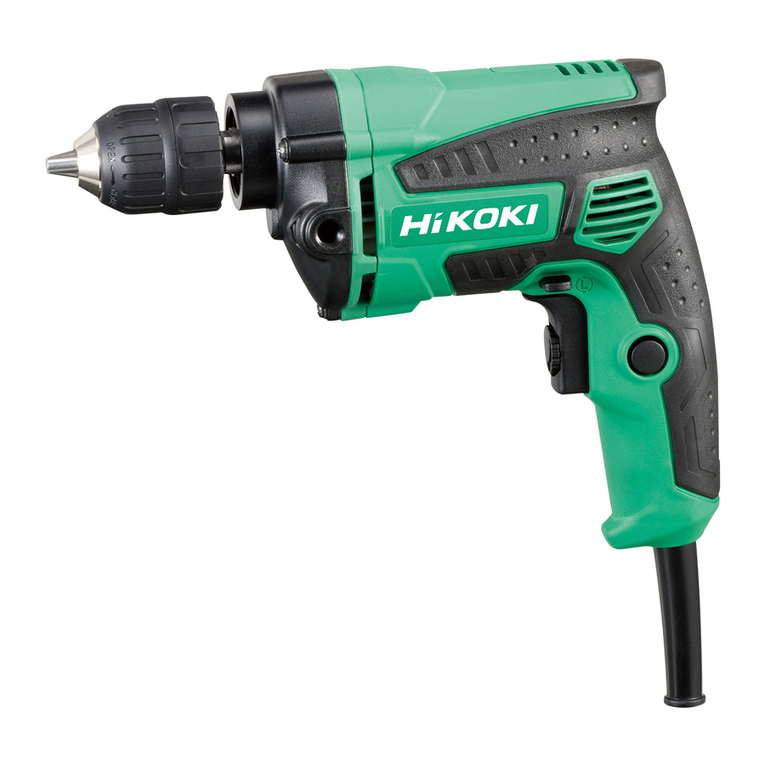
HIKOKI
HIKOKI D 10VC3 User manual

HIKOKI
HIKOKI D 13VL User manual
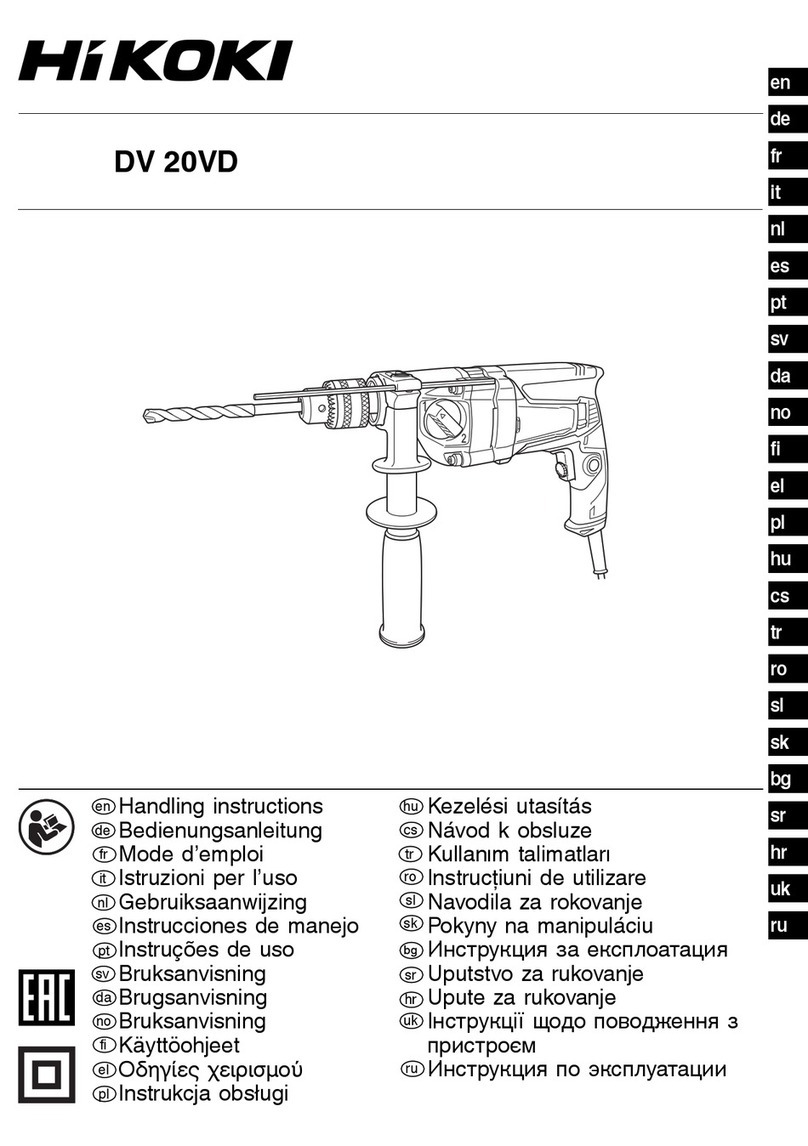
HIKOKI
HIKOKI DV 20VD User manual
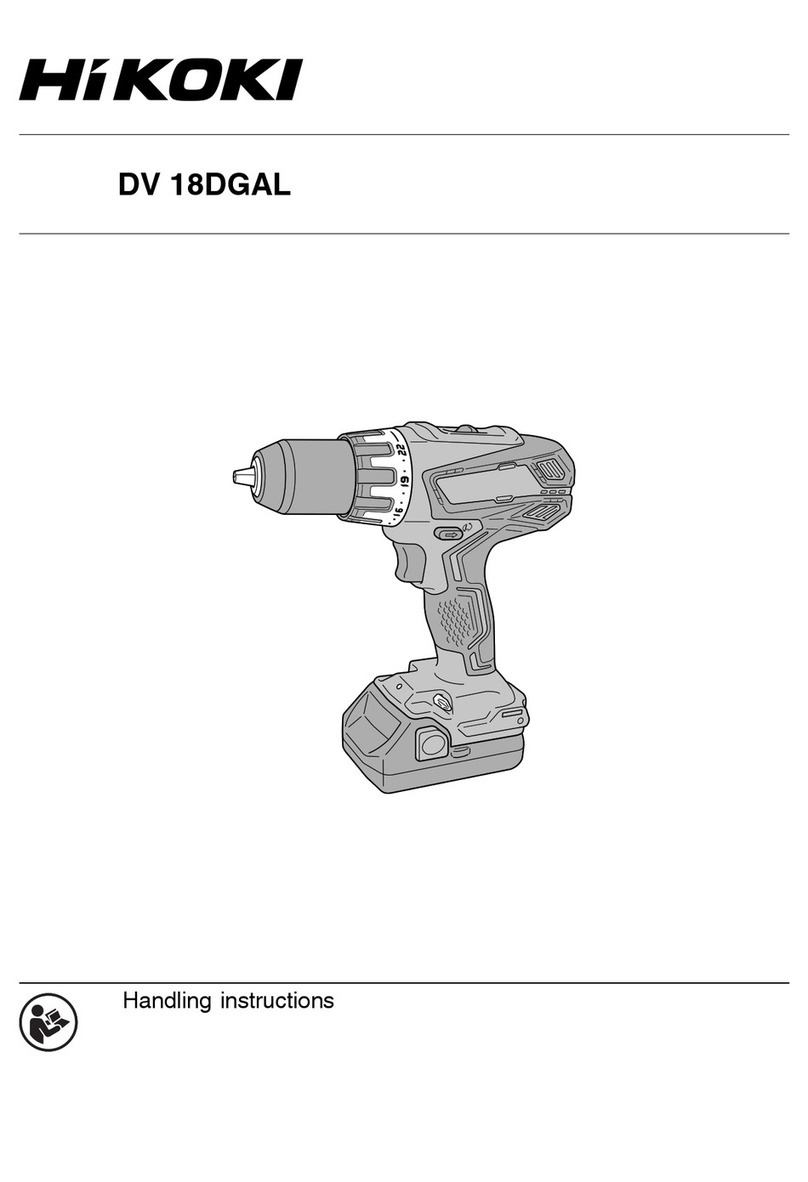
HIKOKI
HIKOKI DV 18DGAL User manual
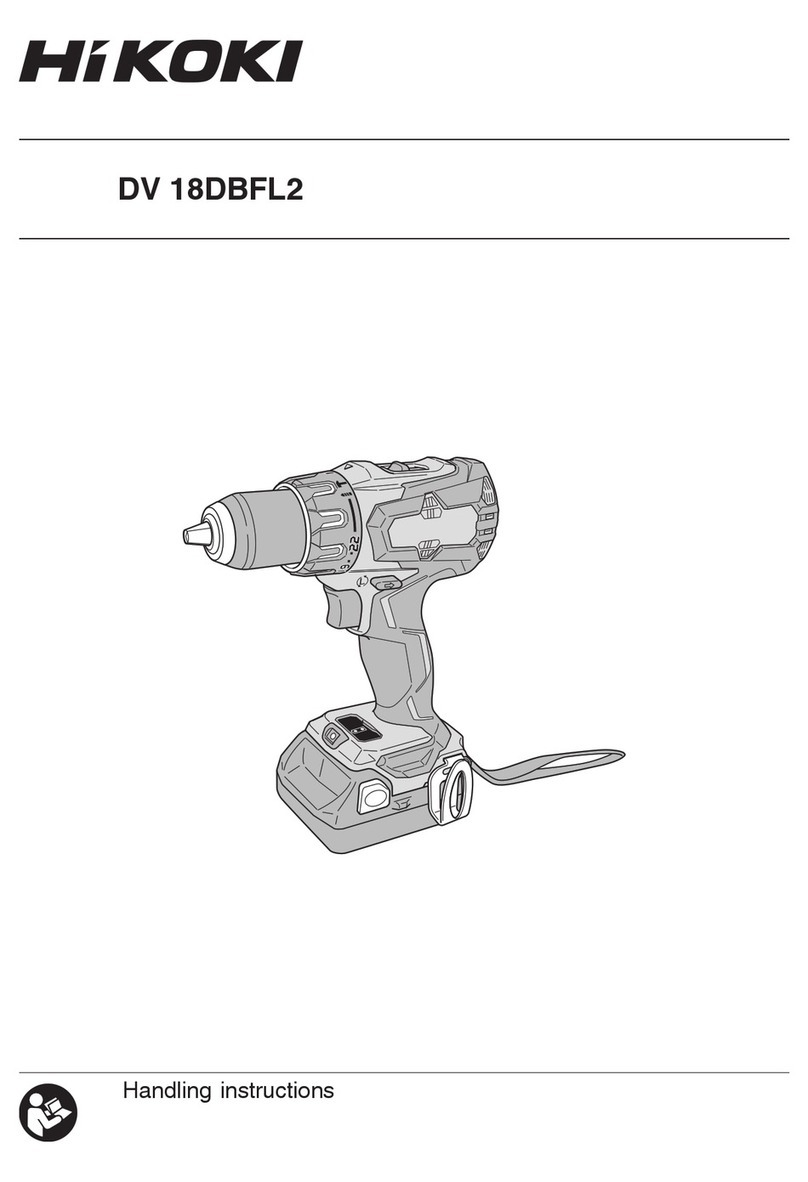
HIKOKI
HIKOKI DV 18DBFL2 User manual
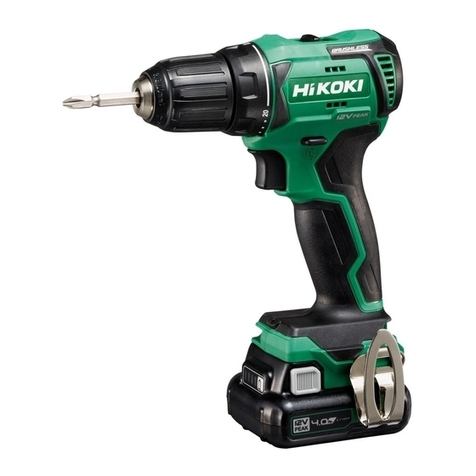
HIKOKI
HIKOKI DS 12DD User manual

HIKOKI
HIKOKI DS14DSDL User manual

